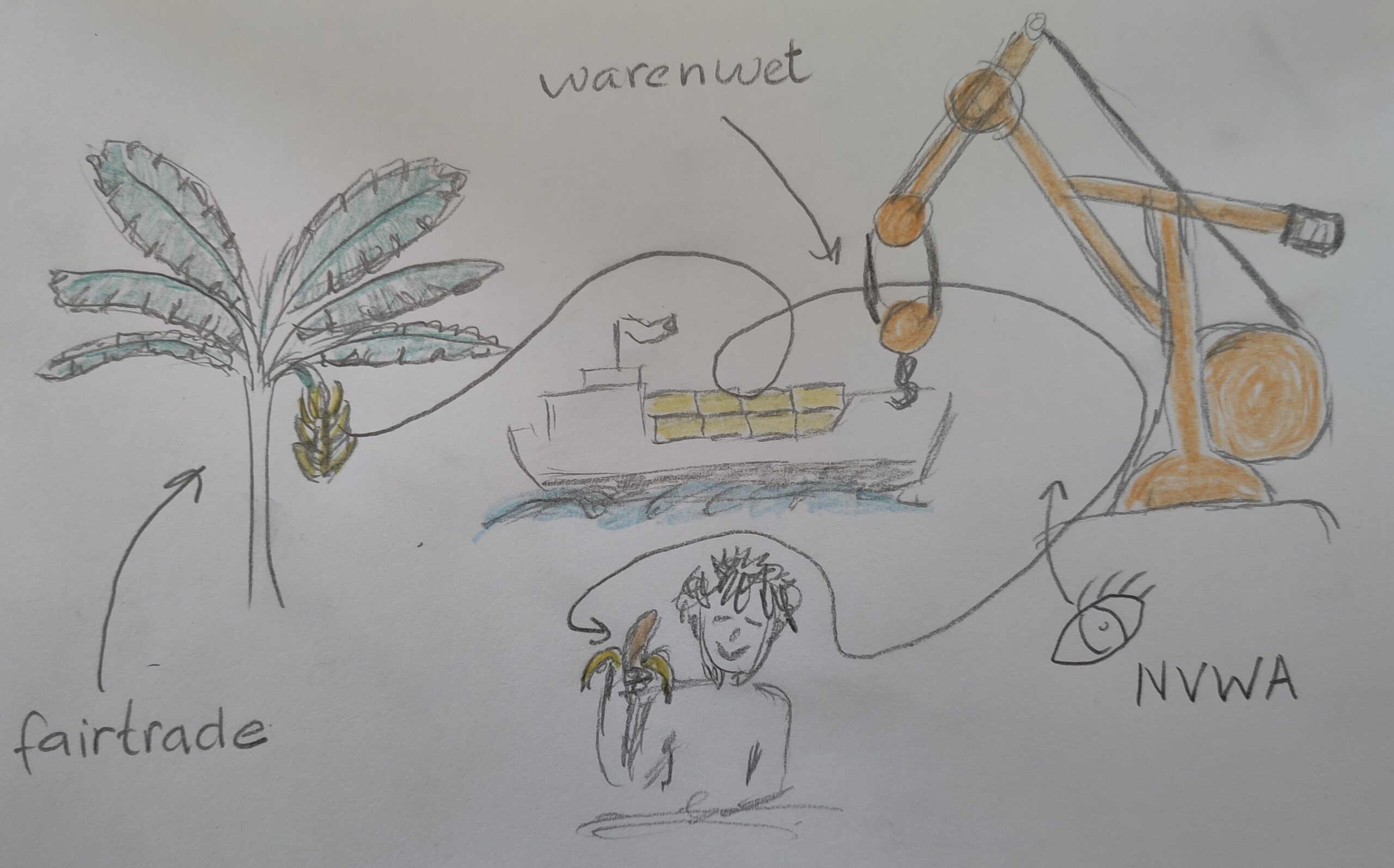Rethinking Economic Literacy: Introducing Systems of Provisioning
Introduction
What if we taught economics by tracing how we stay warm in winter, how we clothe ourselves, or how clean water arrives at our homes? What if students explored the economy by investigating the systems that provide for our everyday needs? Instead of relying primarily on impersonal data sets—quantitative figures presented without context or connection to lived realities—and abstract diagrams? This approach would ground economic thinking in the real world. This shift in perspective is at the heart of teaching through systems of provisioning.
As teachers, curriculum developers, and policymakers reflect on how to prepare students for a complex and uncertain future, there is growing recognition that our current approach to economics education is too narrow. The dominant models often present the economy as a closed, self-contained system governed by the logic of supply and demand. But this abstraction conceals more than it reveals. It omits the social institutions, ecological constraints, and technological infrastructures that shape how people actually meet their needs. It ignores history, power, and inequality. It discourages the kind of thinking and reflection that students need to make sense of the economic world they live in.
What Are Systems of Provisioning?
A system of provisioning is the way a society organizes to meet a specific material need—such as food, housing, clothing, mobility, or water—and essential services like healthcare or education that may not be material in a narrow sense but are vital to well-being. Each system is made up of various interacting elements: actors (such as households, firms, states, commons, financial institutions, and advocacy groups), physical infrastructures (roads, pipes, power grids), institutions (laws, norms, ownership structures), and flows (of money, materials, knowledge, labor, and energy).
Unlike a supply chain, which often focuses narrowly on production and distribution, a system of provisioning captures the full socio-technical-ecological process through which needs are met. It invites questions like: Who controls access? What are the environmental impacts? How is responsibility shared? What social norms underlie the choices people make?
Systems of provisioning are not isolated. They are embedded in the larger economy, which itself is embedded in society and nature. The food system, for example, intersects with health, labor, energy, and land use. Understanding these relationships helps students see that economies are not stand-alone machines; they are complex, evolving webs of relationships that depend on context, values, and design.
Why This Matters for Education
Organizing economics education around systems of provisioning can offer a more grounded and meaningful entry point into the subject. It connects abstract concepts to real-world contexts and allows students to explore questions that matter to them: Why is housing so expensive? Who decides how clothes are made and priced? What happens to waste after we throw it away?
This approach does more than increase engagement. It supports the development of systemic thinking and reflective judgment. Through comparison of different provisioning systems, students begin to notice patterns, ask better questions, and understand relationships that extend across time and scale. They also gain insight into the choices people make—as consumers, citizens, and workers—and the wider impacts of those choices.
By following the thread of how needs are met, students come to see the economy not as a set of impersonal forces but as something designed, maintained, and changeable. They begin to think not only about how things are, but how they could be different.
A Foundation for Deeper Learning
This is the first in a series of articles exploring how systems of provisioning can serve as a foundation for rethinking economics education. Later pieces will examine how provisioning systems relate to systems thinking, especially through the lens of DSRP (Distinctions, Systems, Relationships, Perspectives), and how teachers can build a comparative, modular curriculum that promotes both understanding and reflection.
The goal is to support an education that prepares young people to participate in, and shape, the systems that provide for life—with care, curiosity, and clarity.

